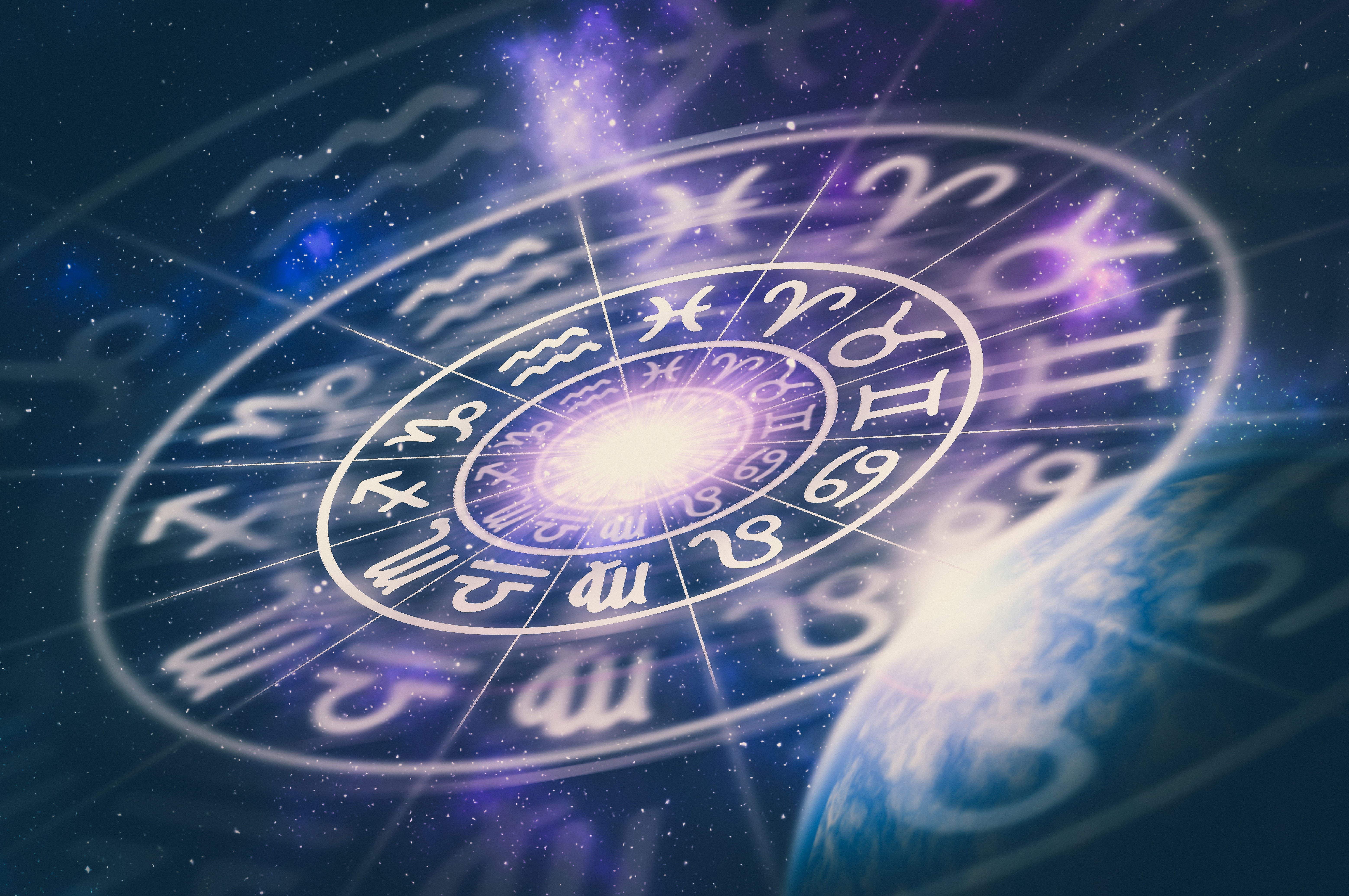Tropical, Sidereal, and True Sidereal Zodiacs
In the West, most people are familiar with the Tropical Zodiac. If someone asks, “What’s your sign?” you’ll likely respond with the Sun’s placement in this zodiac system. However, there are other systems of astrology. In India, where Vedic astrology is most prevalent, people often respond with their Ascendant or even their Moon sign in the Sidereal Zodiac. Apart from these two, not many people know about the True Sidereal Zodiac.
Below is a brief overview of the differences between these systems:
Tropical Zodiac
The Tropical Zodiac begins at 0° Aries, aligning with the spring equinox in the Northern Hemisphere (autumn in the Southern Hemisphere).
This system is more Sun and Earth-oriented, connecting the zodiac signs with the changing seasons on Earth. However, due to the precession of the equinoxes (a gradual shift of about 1° every 72 years), the alignment between the Tropical and Sidereal zodiacs changes over time. This precession marks the transition of ages—for example, the Age of Aquarius that you have probably heard about, which is a fascinating topic of its own.
Sidereal Zodiac
The Sidereal Zodiac is based on the positions of the fixed stars. In this system, the planets align more closely with the actual constellations in the sky. This makes the Sidereal system more literal, offering a cosmic lens that reflects the relationship between the planets and stars closer to how they appear from Earth.
In summary, the Tropical Zodiac connects more with the Sun-Earth relationship, while the Sidereal Zodiac does it with the further away stars. However, both systems divide the sky into a 360° circle with 12 signs, each covering 30°. They act like cosmic clocks with symmetrical divisions rooted in ancient wisdom.
True Sidereal Zodiac
The True Sidereal Zodiac is similar to the Sidereal but takes into account the actual sizes of the constellations, recognizing that they are not all equal in size. This system also acknowledges the 13th constellation, Ophiuchus, which lies between Scorpio and Sagittarius.
Like the other two zodiacs, True Sidereal follows the ecliptic, the path of the Sun through the sky. The advantage of this system is that it shows planetary alignments exactly as they appear in the sky, offering a highly visual and direct perspective of celestial events.

Which Zodiac System is Better?
If you ask different astrologers, you’ll get different answers—and some might not answer kindly!
From my perspective, each system carries its own wisdom and reflects different dimensions of life. Instead of arguing over which is “right” or "better," we should embrace them all as part of a multidimensional reality. Each system offers unique insights into ourselves and the universe, and by understanding them together, we can deepen our knowledge on multiple levels.
Which System Should You Choose?The best approach depends on your level.
• If you’re just starting, begin with the system that resonates with you the most and feels intuitive.
• If you’re more advanced, you can start integrating multiple systems—and you’ll be amazed by the deeper insights that emerge.
Astrology can be complex, so be patient with the process and enjoy the journey. Each system offers unique wisdom, and as you explore further, you’ll uncover powerful connections that enhance your understanding of yourself and the cosmos.
This is just a brief summary of a much deeper subject. If you’re curious to learn more, consider booking a private lesson or consultation with me to see your personal charts.
https://www.astrologyinnovation.com/
Use Coupon Code ASTRO2 to get a $20USD discount on your next purchase with us!
I am also developing new techniques that integrate these systems, so stay tuned for their release! Make sure to join our mailing list to stay informed about upcoming courses and new content.